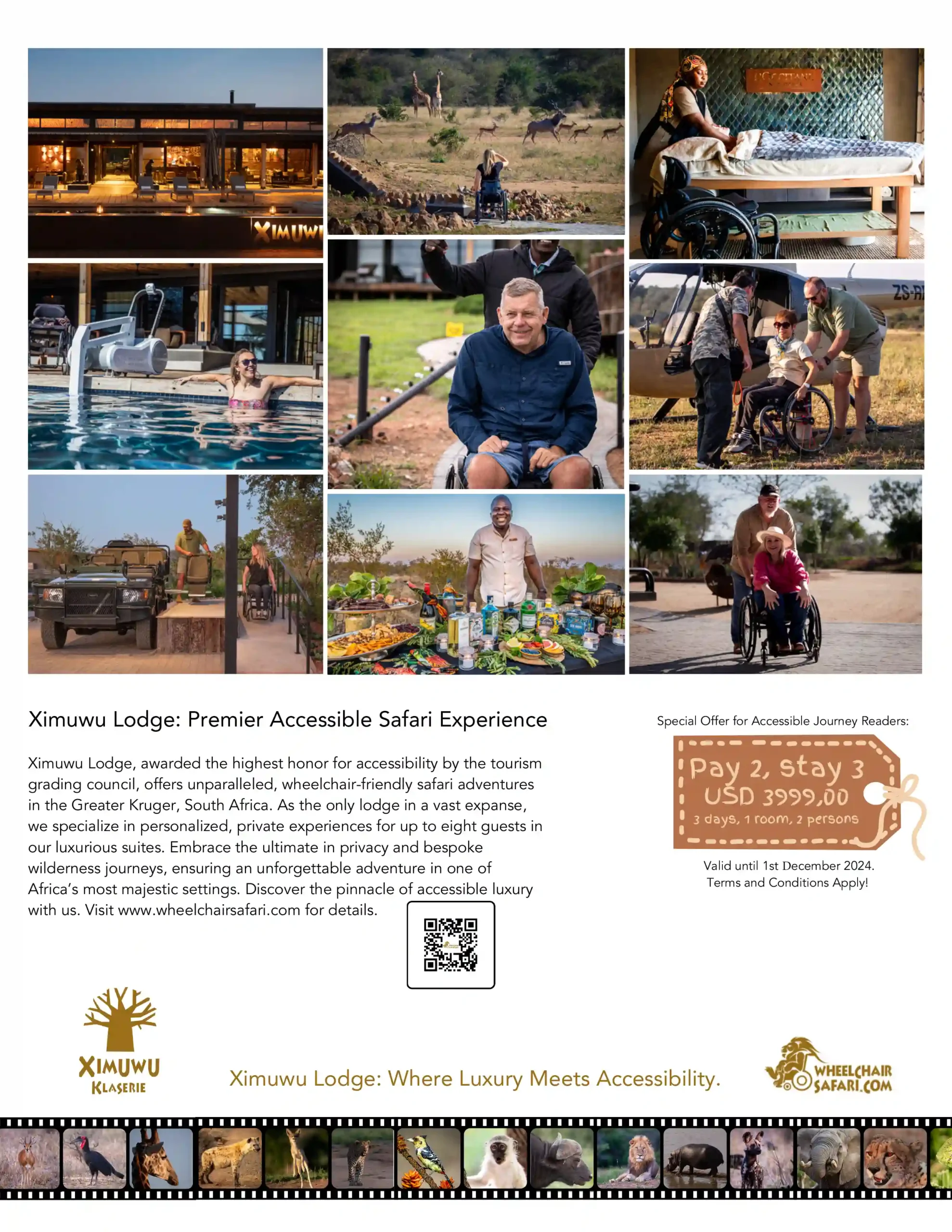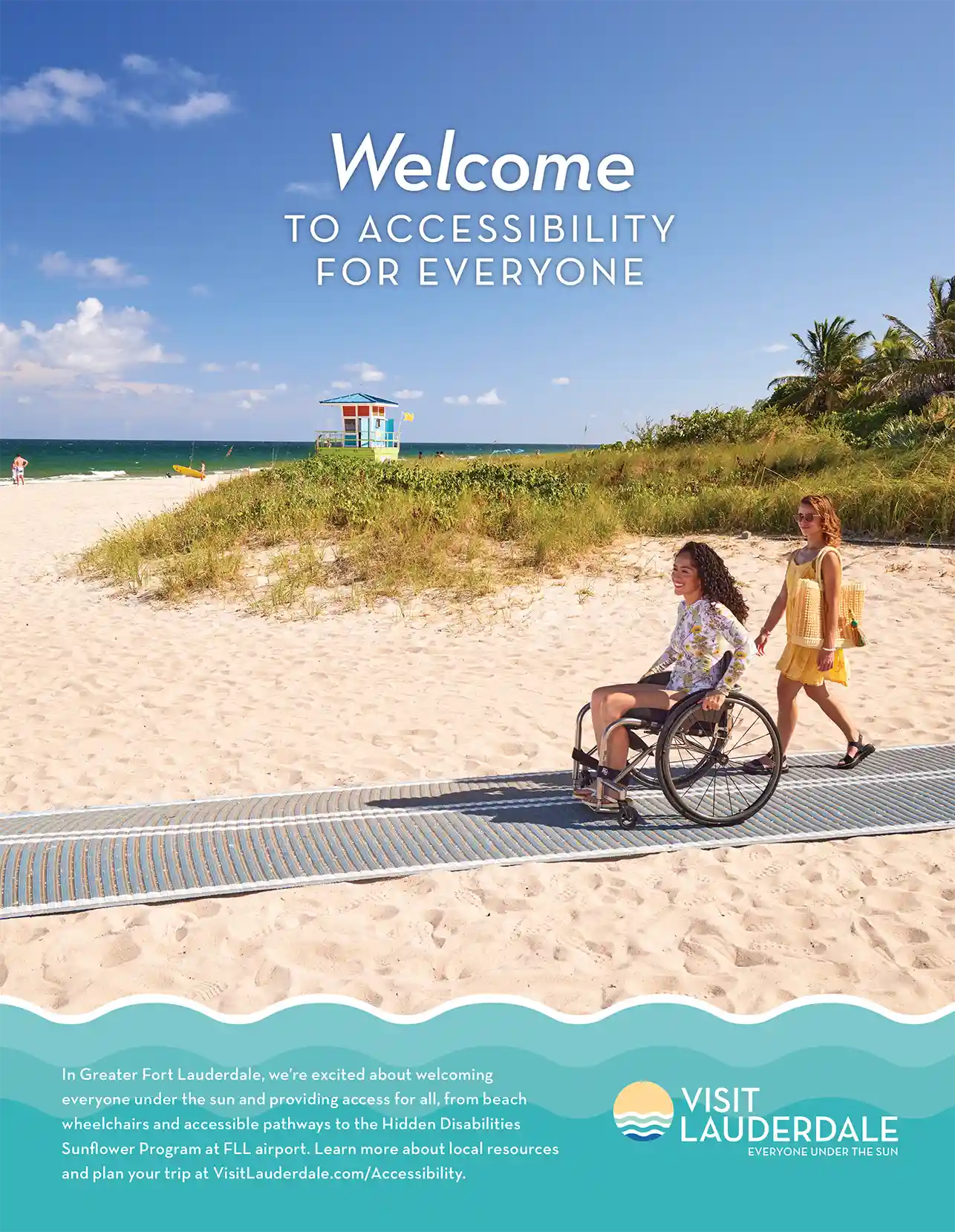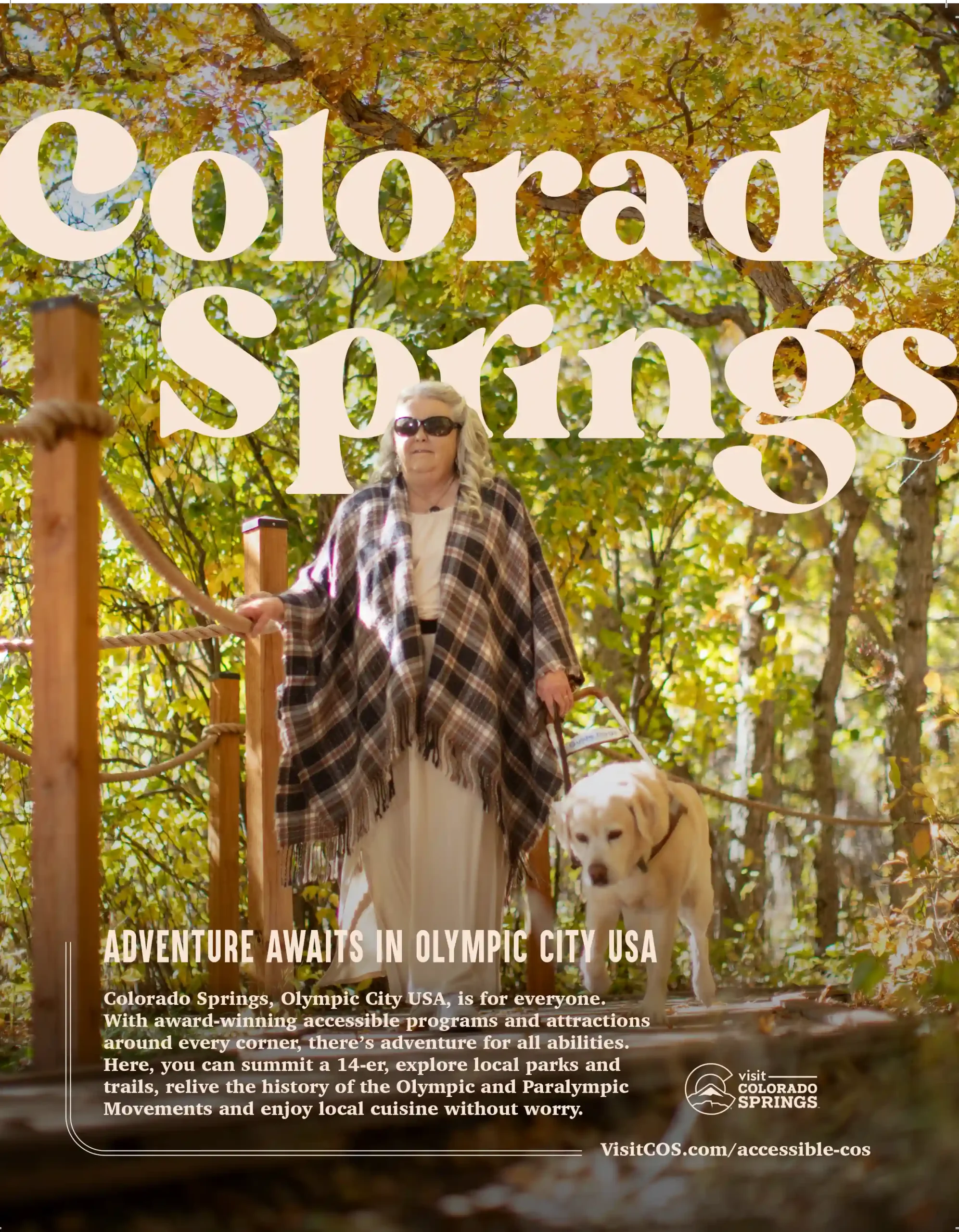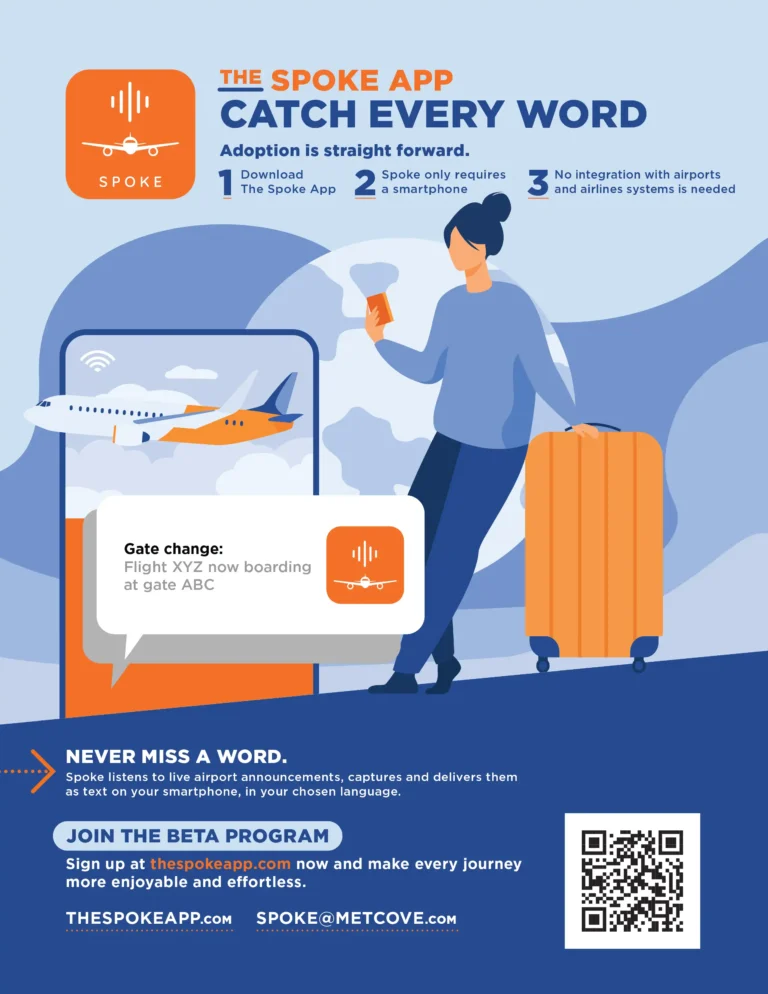
Editor’s note
By Debbie Austin
Welcome to the latest issue of Accessibility for All, a magazine dedicated to celebrating the diverse experiences, talents and stories of people with disabilities. As we continue to grow and evolve, our mission remains steadfast: to provide a platform that amplifies voices and challenges stereotypes while cultivating a sense of community and empowerment among our readers.
Cover Story
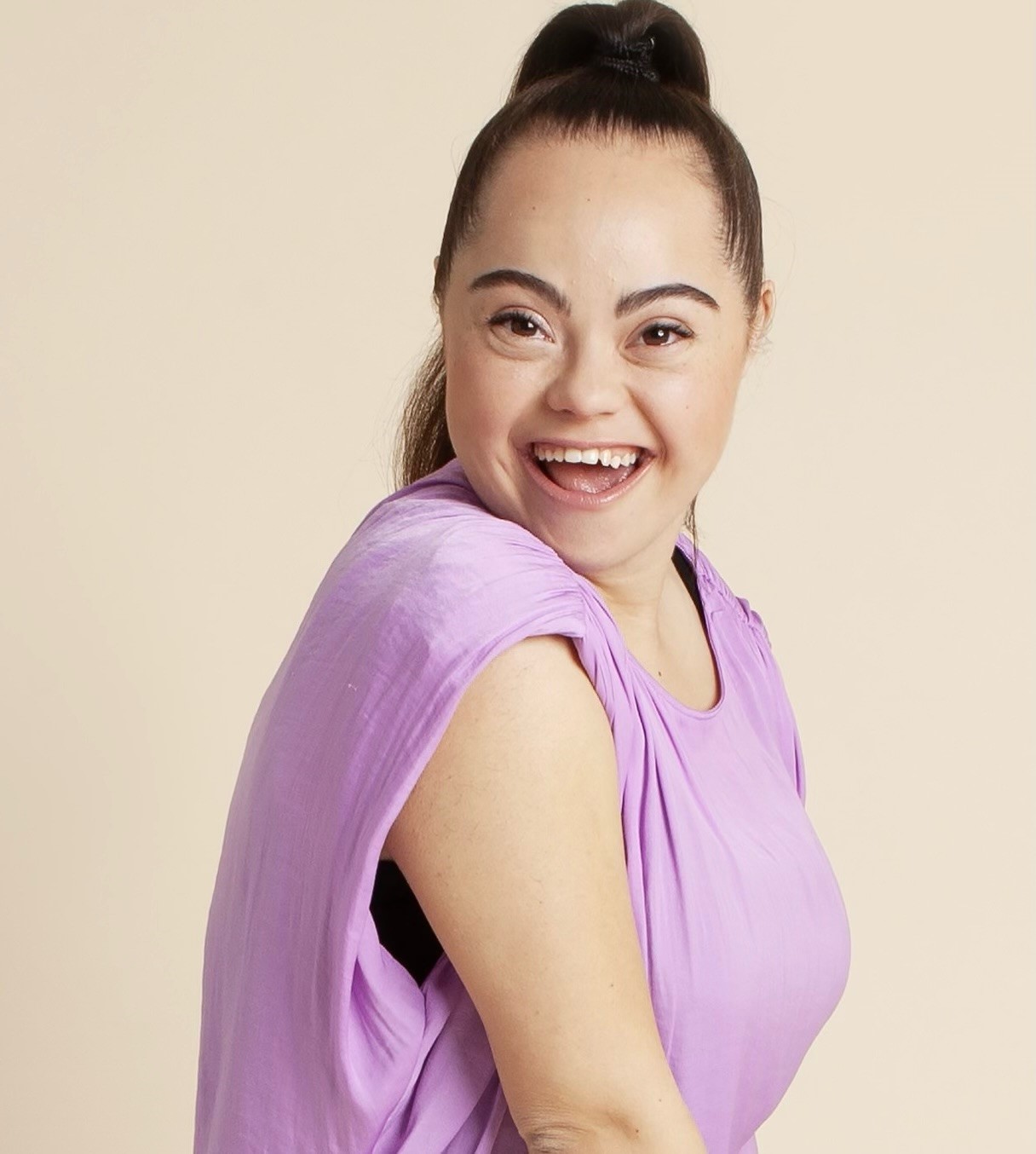
Madison Tevlin on breaking stereotypes and inspiring others
When some people look at me, all they see is Down syndrome. But I want people to know that I am so much more than that. Down syndrome is the least interesting thing about me.
Motivational Story
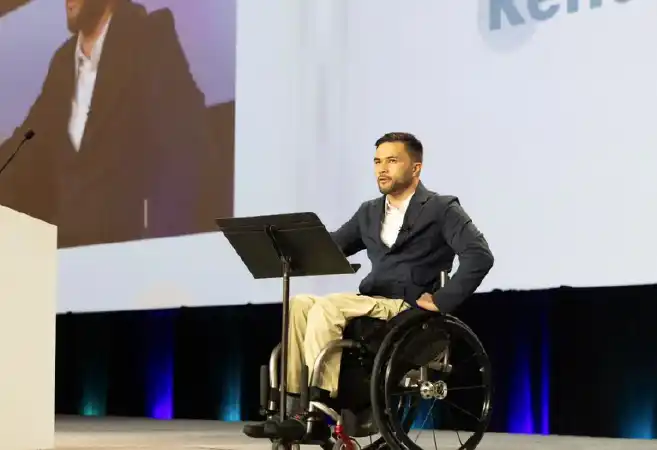
Leo Samarelli: The boxing champion who turned tragedy into triumph
Boxing is a tale as old as time but what if I told you the most compelling boxer wasn’t found under bright arena lights, but in the heart of a small Italian gym, driven not by glory but by the sheer will to survive and inspire? Meet Leo, a man whose life reads like an epic novel, a saga of tragedy and triumph that extends far beyond the ring.
Advocacy

Finding voice, paths to understanding, and accessible routes
By Saada Branker
In 2017, the Disability Rights Advocates (DRA) launched two lawsuits against New York City’s Metropolitan Transportation Authority (MTA) on behalf of a coalition of disability rights groups. The suit accused the authority of systemic exclusion of disabled individuals and elevator maintenance neglect. Sasha Blair-Goldensohn was one of the plaintiffs.

Marijeta Mojasevic, a disability rights activist, recognized by the BBC as one of the 100 most influential women in the world
All of these challenges have made me stronger, because I chose not to give up on myself. And that is one of the main pillars of my workshops and activism in general: never give up because you owe it to youself!
Entertainment for People with Disabilities
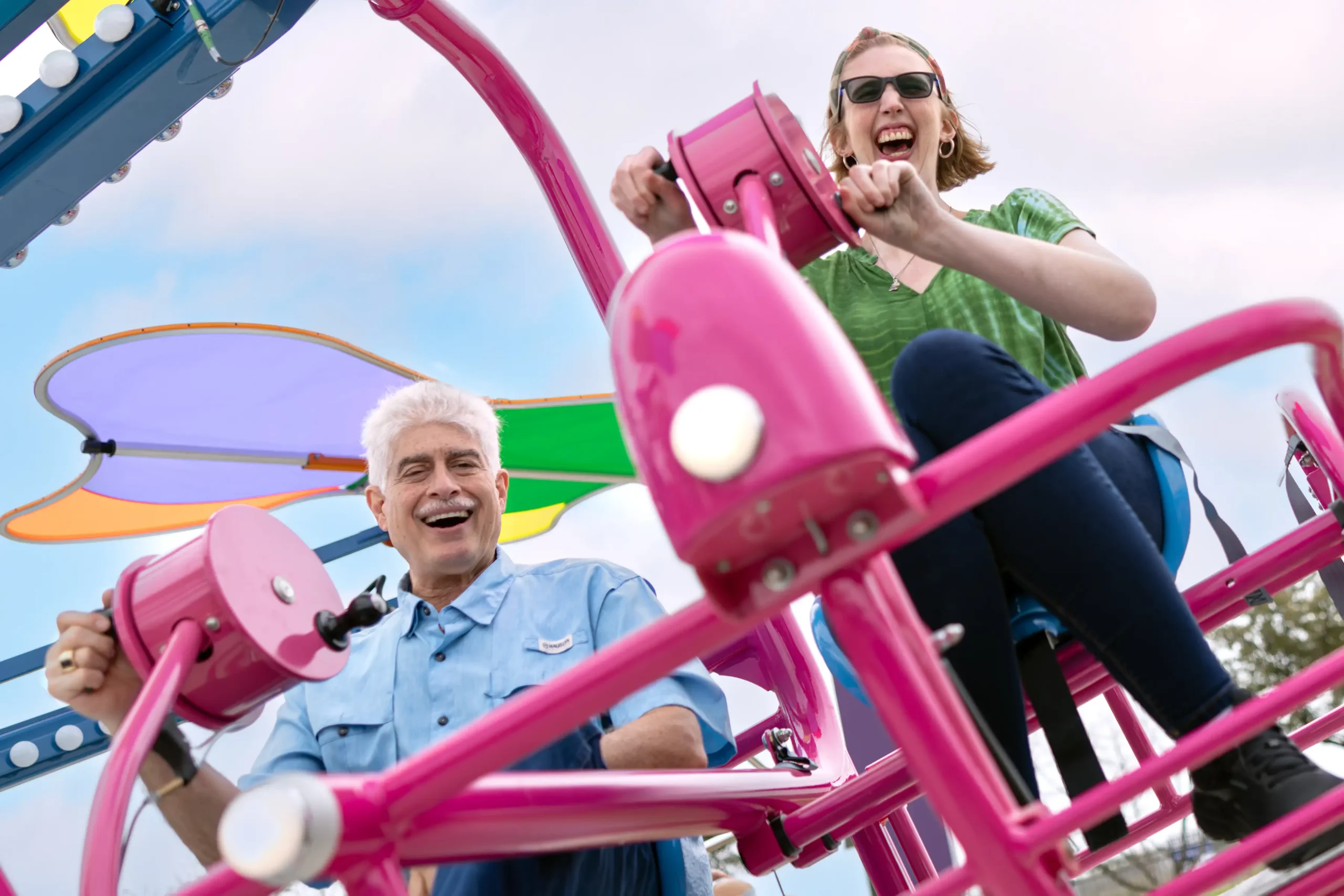
The accessible wonder of Morgan's Wonderland
Its beginnings: It all started during a family vacation when Morgan Hartman thought it would be fun to splash and play with other kids in a hotel swimming pool. But much to Morgan’s dismay, they took their beach ball and vanished. Observing the painful look on Morgan’s face, her parents, Gordon and Maggie Hartman, resolved then and there to create a fun, colorful, barrier-free environment where those with and without special needs could come together to have fun and better understand each other.
MaRS Discovery District and Toyota Mobility Foundation

Innovating active mobility for a better future
The collaboration between MaRS Discovery District (MaRS) and the Toyota Mobility Foundation (TMF) began over a year ago, driven by a shared vision to advance the field of active mobility.
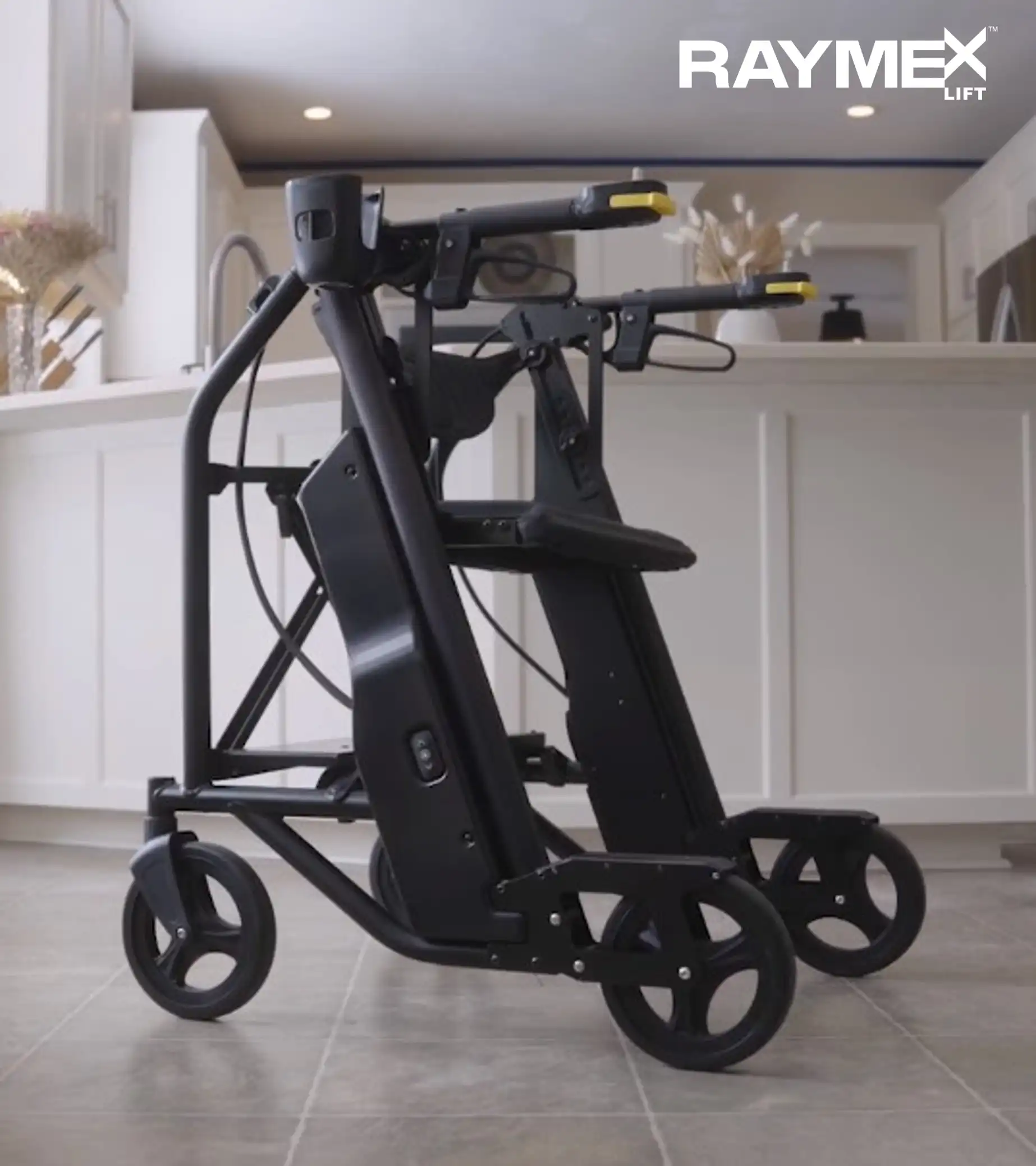
The RAYMEXTM Lift is set to revolutionize mobility
Technology’s true purpose is to enrich human lives in profound and meaningful ways. Amid sleek gadgets and complex systems, a groundbreaking product is set to revolutionize mobility aids for the elderly and those with mobility challenges. Founded by Tracey McGillivray and then-mechanical engineering student Liam Maaskant, the RAYMEXTM Lift epitomizes the essence of technology’s mission.
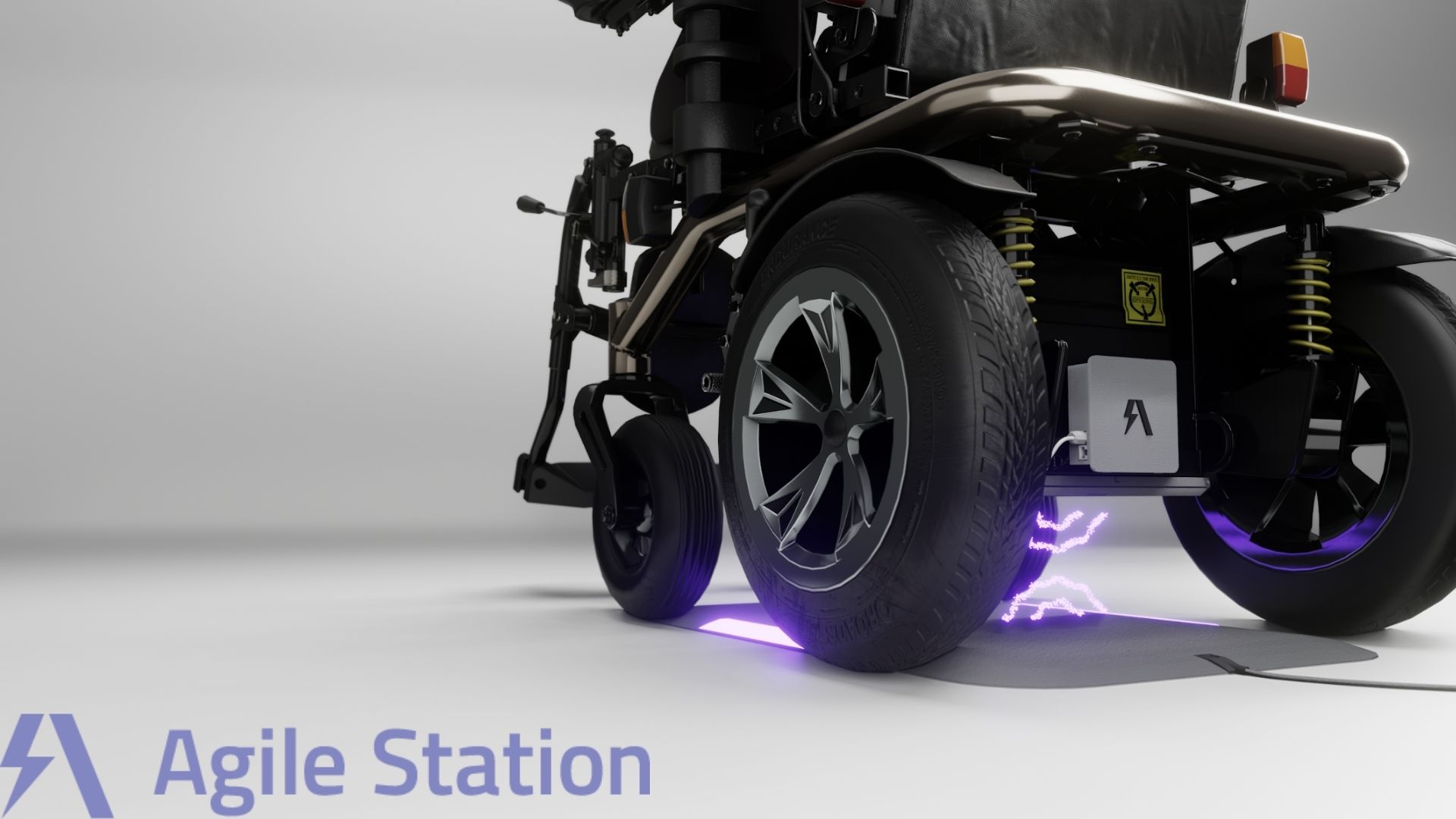
AWL Electricity powers a future without cords
In the bustling metropolis of Montreal, Canada, amid the hum of innovation lies a story that’s as electrifying as it is inspiring. Engineer, Emmanuel Glen, whose fascination with Nikola Tesla and the wonders of electricity was ignited at the tender age of sixteen, has conjured up inventions and technology prototypes that most of us could only dream of.
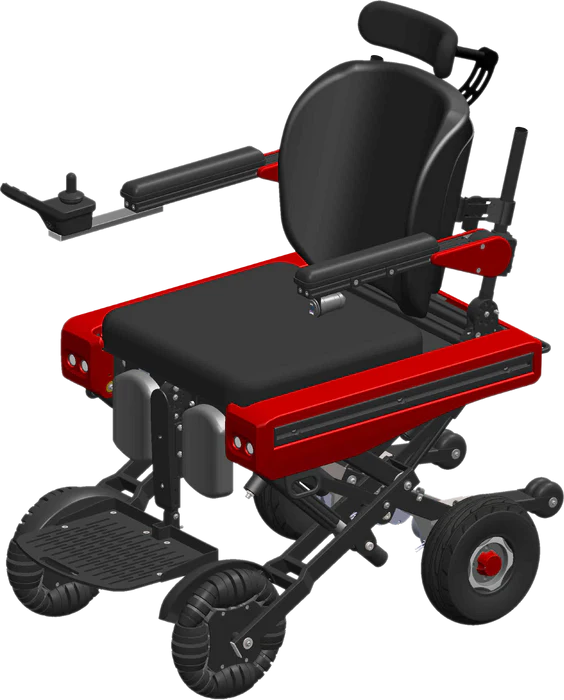
Cheelcare’s Game-Changing Mobility Solutions
BAT4ALL has dedicated the past two years to fostering accessibility and inclusivity in the vibrant south of Tenerife. Their efforts have culminated in the founding of Tenerife Accessible Experiences, a pioneering travel agency that promises to revolutionize the tourism landscape for individuals with disabilities.
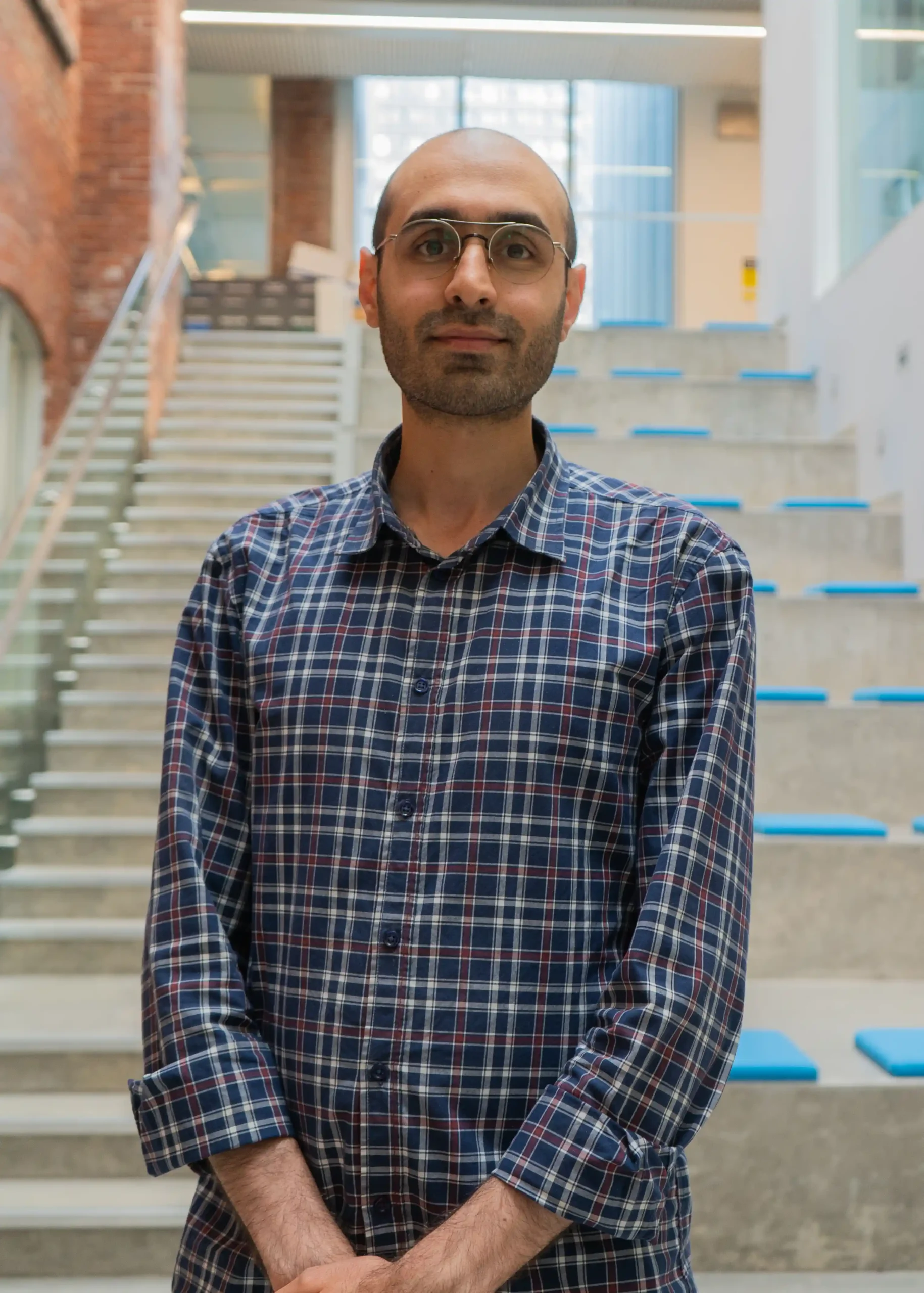
Deaf AI ushers in a new era of communication accessibility
Artificial intelligence (AI) is shaking up our daily lives in ways we never imagined and a visionary, Mehdi Masoumi is on a mission to use it for something truly transformative—making life better for millions who are Deaf and hard of hearing.
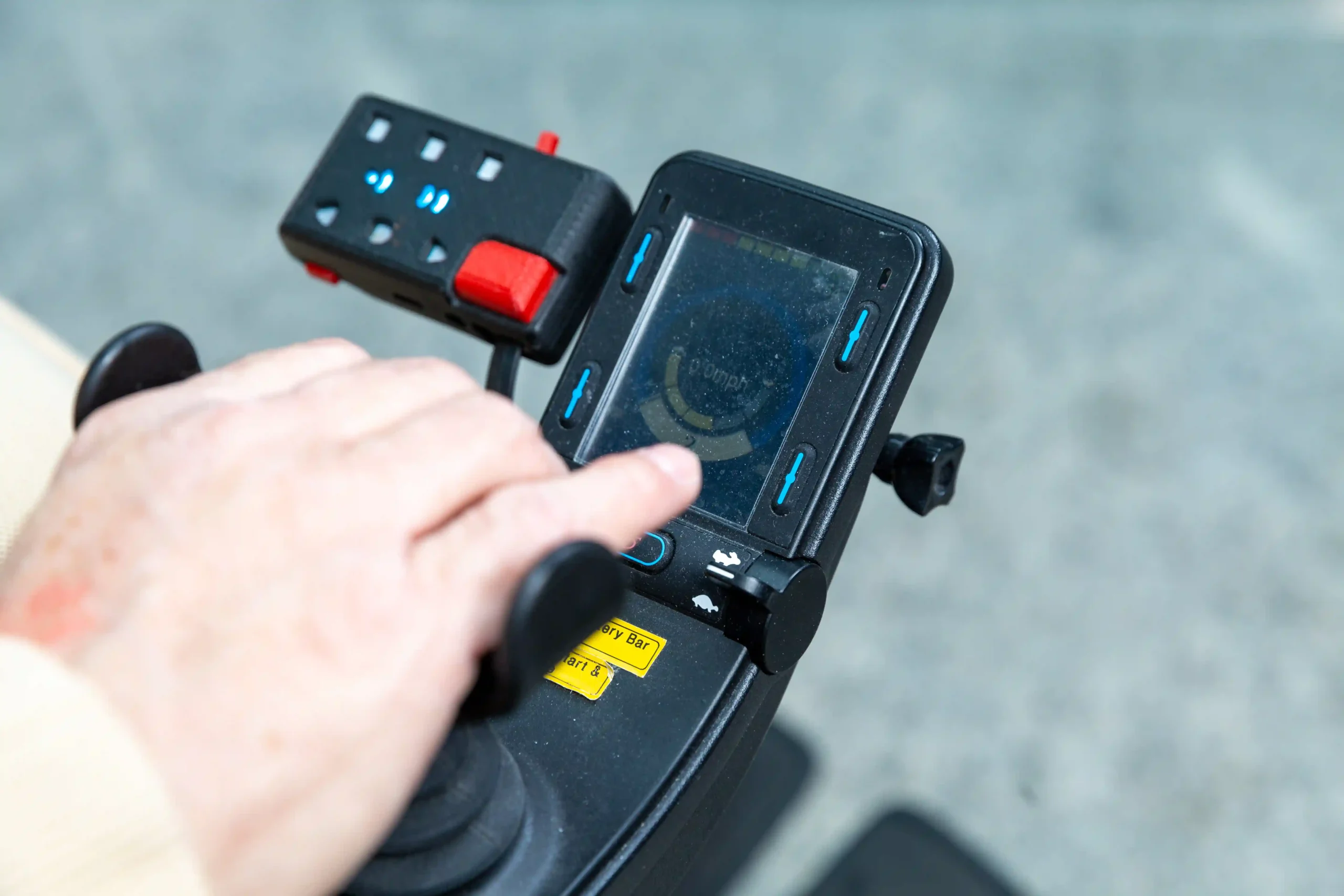
Braze Mobility’s smart wheelchair technology enhances independence and safety
In 2006, a visit to a long-term care facility in Ontario, Canada, ignited a vision that would revolutionize mobility for wheelchair users.
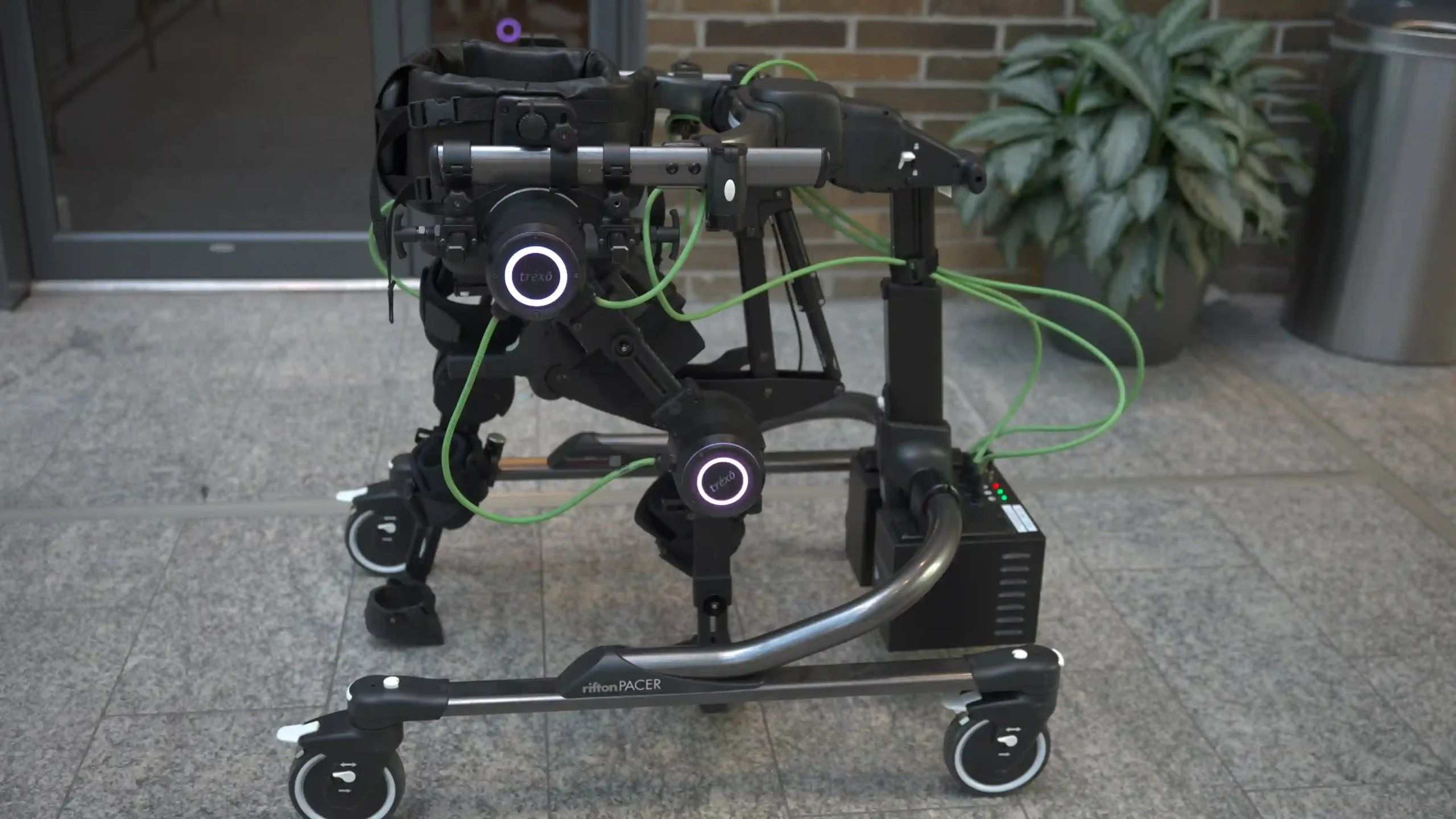
Trexo Robotics is pioneering mobility solutions for children with disabilities
Every child deserves the chance to walk, run, and explore freely, without physical limitations holding them back. Trexo Robotics is making this dream a reality, step by joyful step.
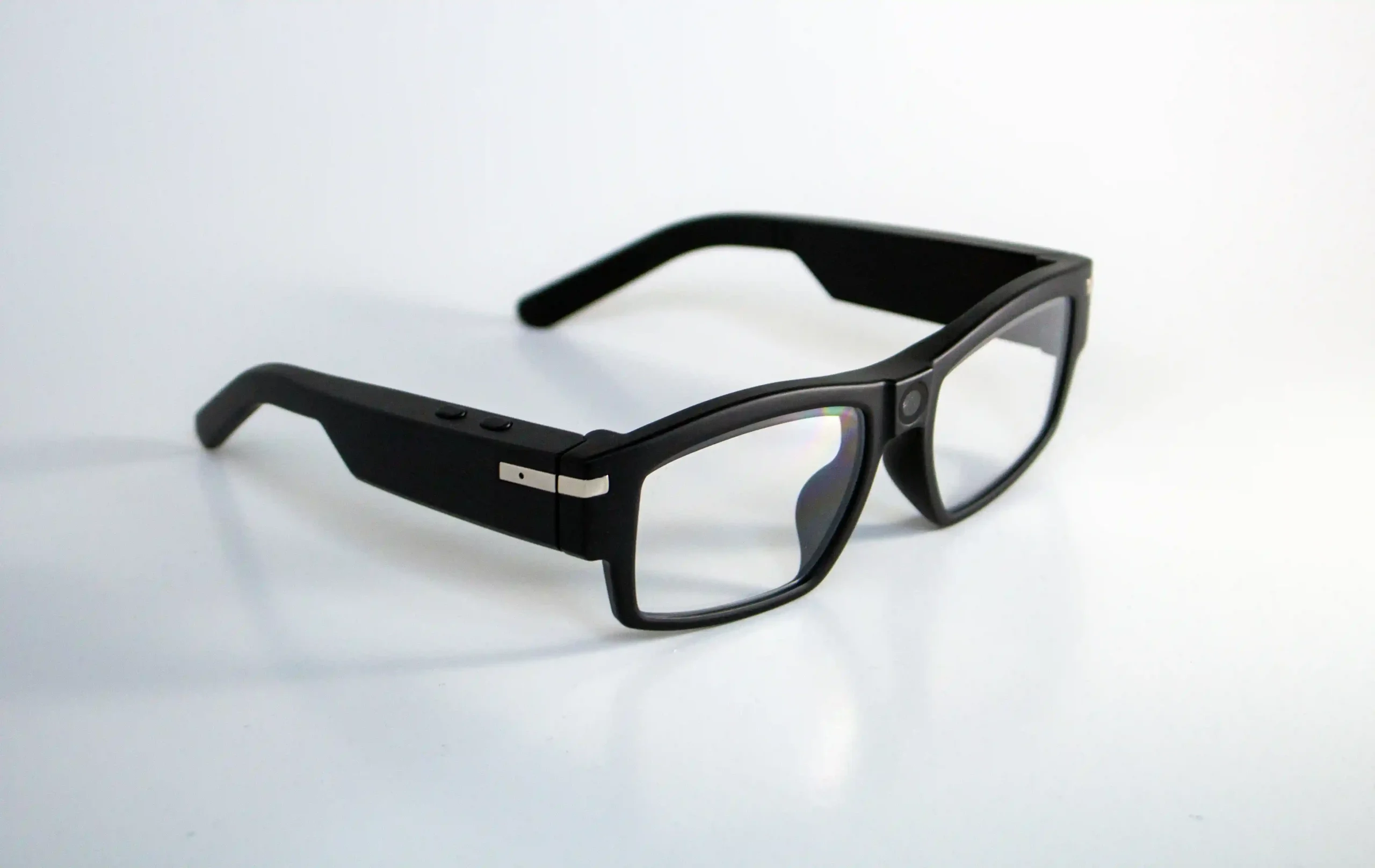
Smart Glasses by Seleste: The next big thing in assistive technology for the blind
Smart glasses being as common as smartphones? This would revolutionize how we interact with our surroundings!
Autism Insights

Neuroaffirming care: The future of autism awareness
By Bart Vulliamy
Autism acceptance is meant to lead to positive change, inclusivity, and simultaneously lead to better mental health of autistic and disabled people, but in recent years it’s become something else.
Recommended Book
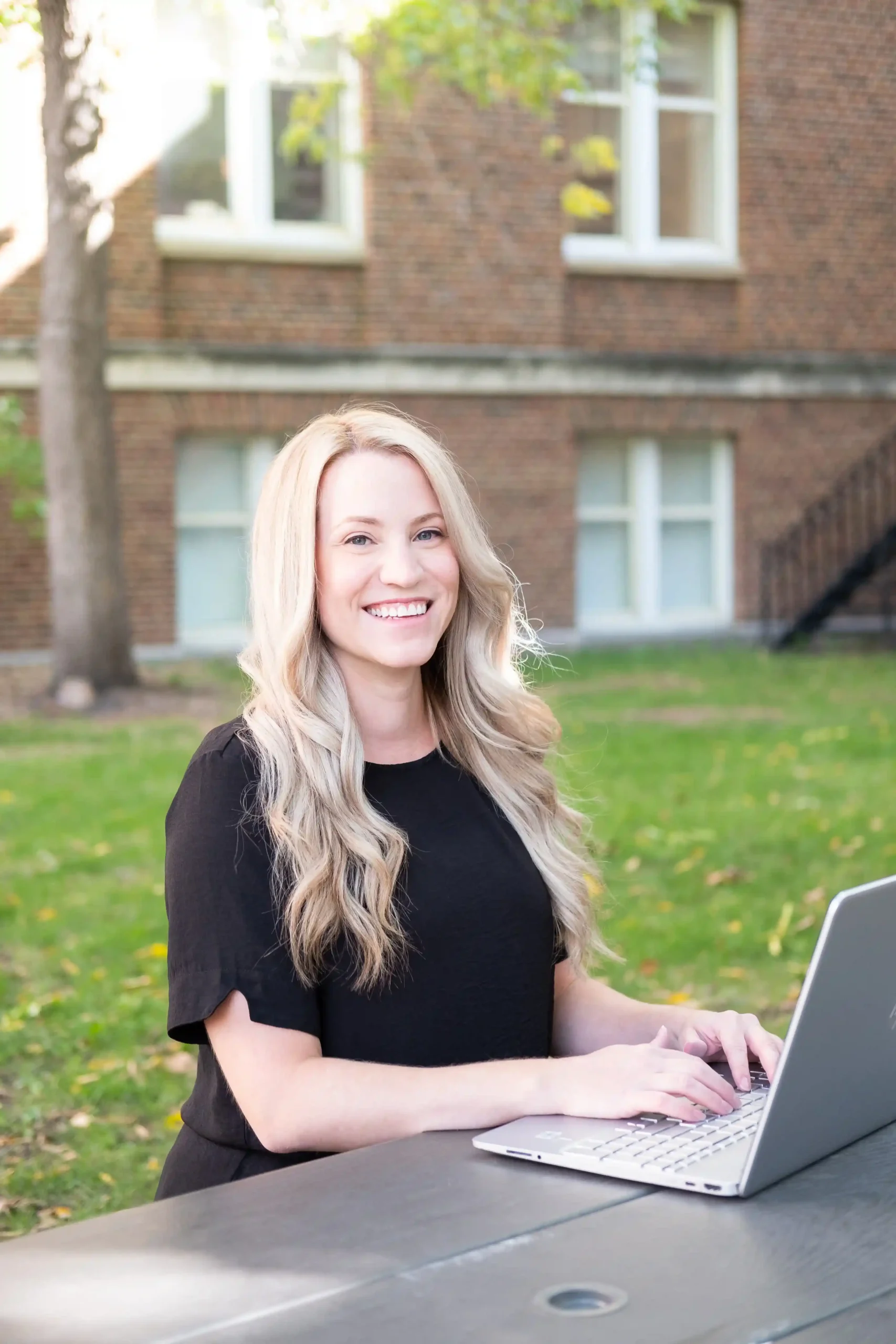
Alexandra Hoffman and Wishing Star Publishing: Literature for All
Masterpiece was inspired by an autistic child who didn’t see the world like his peers. His outside-the-box thinking was incredibly inspiring and taught me profound lessons about humanity.
Deaf Insights

A Universal Symbol of Love: The ILY Handshape
By Angela Lynn
Expressing love transcends linguistic and cultural boundaries. The ILY (I Love You) handshape, used in American Sign Language (ASL), is a widely recognized symbol of affection and unity. While the words “I love you” can have different translations and may not always be understood universally, the ILY handshape remains a powerful and universal symbol of love.
Feature
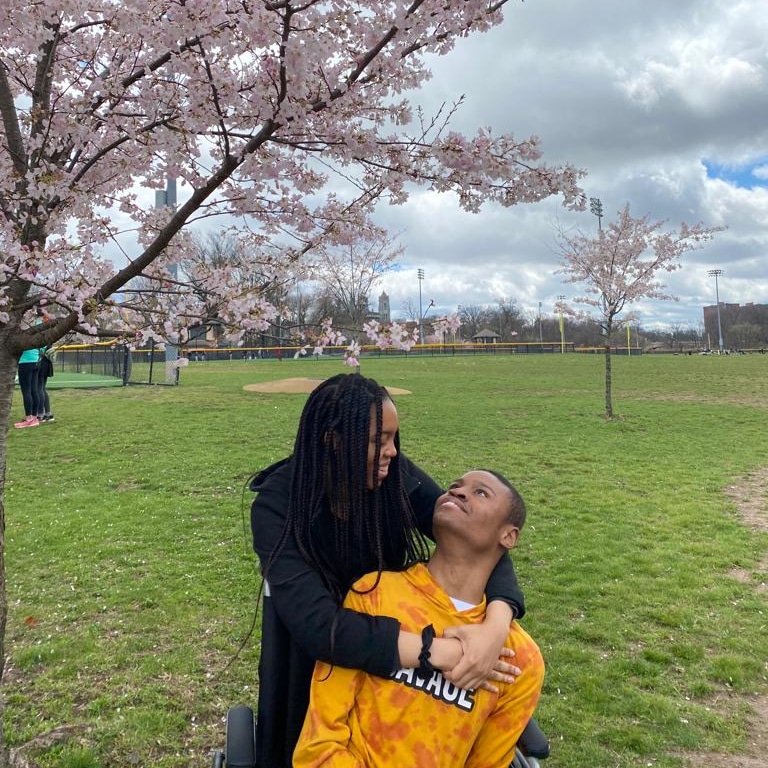
Take a Lesson from Nathan: Making meaningful connections in everyday life
When we think of role models, we often picture people who’ve achieved great things and are good at making wealth. We aspire to be successful business leaders, celebrities, innovators, artists, athletes, scientists, philanthropists, public figures, and even social media influencers who are well-known and celebrated for their accomplishments. But how often do we recognize the value of diversity in role models, including people with disabilities?


